The unspoiled natural beauty and authentic cultural diversity make Ha Giang a fantastic destination for an enriching travel experience. The best things to do in Ha Giang will be revealed in this article.
Ha Giang Province, located about 300km from Hanoi, is one of Vietnam's most exhilarating travel destinations. Known for its breathtaking limestone mountains, formidable mountain passes, winding roads, and mist-shrouded villages, the area is a long-time traditional residency for various ethnic minority groups who continue to preserve their traditional customs and lifestyles. The best way to explore the marvels of Ha Giang is to set out by car or to hop on a motorbike, allowing you to fully immerse yourself in the extraordinary landscapes and unique local culture. Below are highly suggested best things to do in Ha Giang. Let's start exploring with Izitour!
- 1. Best things to do in Ha Giang
- 1.1. Witness Heaven Gate & the Quan Ba Twin Mountains
- 1.2. Explore Linen Weaving in the Lung Tam Brocade Village
- 1.3. Immerse in the Beauty of Pho Bang Ancient Town
- 1.4. Visit Tham Ma Pass
- 1.5. Visit Dong Van Ancient Town and its weekend market
- 1.6. Visit the Meo Vac market
- 1.7. Visit H'mong King's palace
- 1.8. Visit Pao's house
- 1.9. Visit Lung Cu Flag tower
- 1.10. Lo Lo Chai ethnic village
- 1.11. Take a boat trip on the Nho Que River
- 1.12. Conquer the Ma Pi Leng Pass
- 1.13. Visit Pa Vi - a Hmong Village
- 1.14. Relax in Du Gia
- 1.15. Hoang Su Phi
- 2. Best time to visit Ha Giang
- 3. How to get to Ha Giang?
- 4. Suggested Ha Giang travel itinerary
1. Best things to do in Ha Giang
1.1. Witness Heaven Gate & the Quan Ba Twin Mountains

Heaven's Gate and Quan Ba twin mountains are the first destinations among Ha Giang tourist attractions, located at an altitude of more than 1500 meters and about 43 km from Ha Giang city. Heaven's Gate is located between two mountain peaks and is lowered just enough for a road to pass through. This road marks the beginning of the "Happiness Road" which is the gateway to Ha Giang. From the top of the mountain, you can admire the panoramic view of the Northwest mountains.
Heaven Gate has a highly favorable location. From afar, you can see the silhouette of Quan Ba twin mountains, appearing elegantly in the mist and bathed in the rising sun's rays. Standing at the top, clouds and dew blend to create a scene reminiscent of a fairyland. It's fair to say that this is a great place to admire the majestic beauty of nature in its full glory.
However, it's best to visit on non-foggy days, as you have to climb stairs to reach the top to see this site. On beautiful sunny days, pay attention to the map and stop at the right place to climb up to see Heaven's Gate and Quan Ba twin mountains.
1.2. Explore Linen Weaving in the Lung Tam Brocade Village
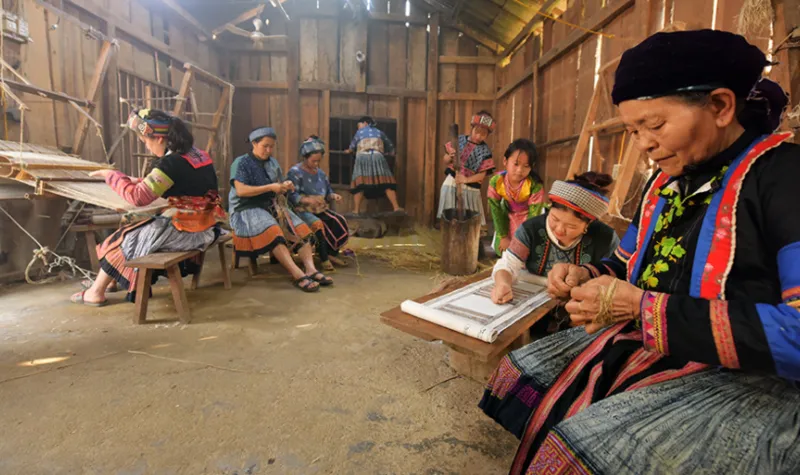
The Linen Weaving Village of Lung Tam is located in Lung Tam commune, Quan Ba district, Ha Giang province, approximately 50km from Ha Giang City. Weaving fabric is a traditional craft in Lùng Tám, as people of all ages, from the young to the old, understand the various stages and are proficient in linen weaving. Therefore, when you visit Lung Tam's Linen Weaving Village, you can explore the unique aspects of this ancient craft, from the stages of selecting linen fiber and weaving fabric to dyeing the fabric. Additionally, you can purchase remarkable souvenir items to bring back with you, such as pants, shirts, scarves, wallets, and bags.
1.3. Immerse in the Beauty of Pho Bang Ancient Town
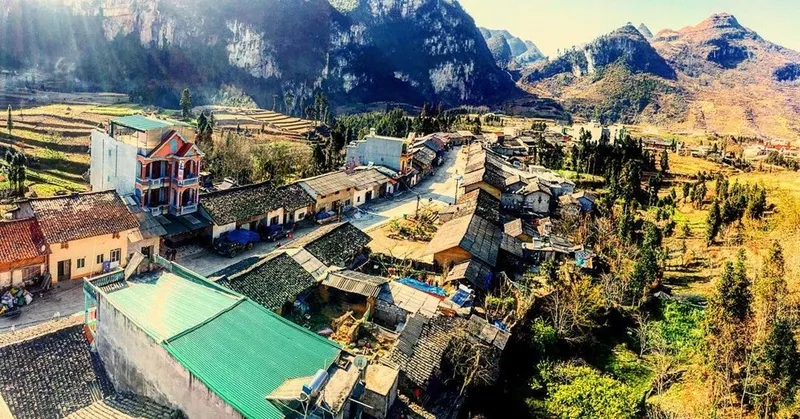
Pho Bang is in the Dong Van district, near the Vietnam-China border. It's just about 5km off the main route from Ha Giang City to the Dong Van stone plateau. Continuing your journey from Quan Ba, you'll travel another 50km to reach Yen Minh. You'll pass through stunning pine forests near Yen Minh along the way. After refueling in Yen Minh, your next leg takes you 45km further to Pho Bang. You'll have the option to pause at the Dong Van stone plateau before making your way to Pho Bang.
The town might be easy to miss if you're unfamiliar with the area, as many travelers become captivated by other routes and inadvertently bypass Pho Bang. However, it's this very obscurity that allows Pho Bang to maintain its untouched charm as a tranquil mountain town. Virtually free from tourist crowds, it possesses a unique beauty that you won't find elsewhere.
1.4. Visit Tham Ma Pass
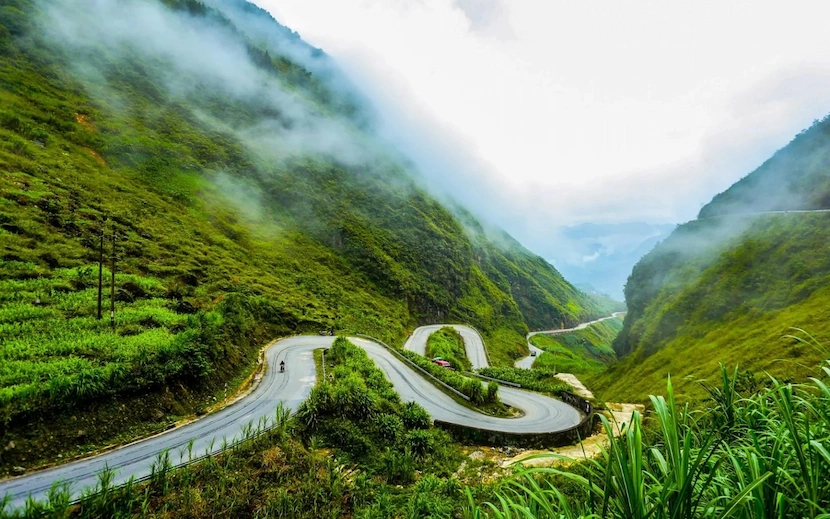
Tham Ma Pass is a winding mountain pass located on Highway 4C, stretching from Ha Giang City to Meo Vac. Renowned for its dramatic curves and hairpin bends, it's a favorite among adventurous travelers. The name "Tham Ma Pass" literally translates to "Horse Testing Pass," hinting at its historical significance. Local people said that in the past, this pass was used to test the strength of horses. Horses laden with goods were made to climb the steep incline; only those that reached the summit, strong and healthy, were kept.
Today, Tham Ma Pass no longer serves as a test for horses but rather as a challenge for skilled riders and drivers venturing into the Dong Van Karst Plateau. Amidst the rugged, rocky terrain, stunning blooms like buckwheat flowers carpet the mountainside, creating a breathtaking juxtaposition of ruggedness and beauty. The pass has become a popular spot for photographers seeking to capture the dramatic landscapes of Ha Giang.
1.5. Visit Dong Van Ancient Town and its weekend market
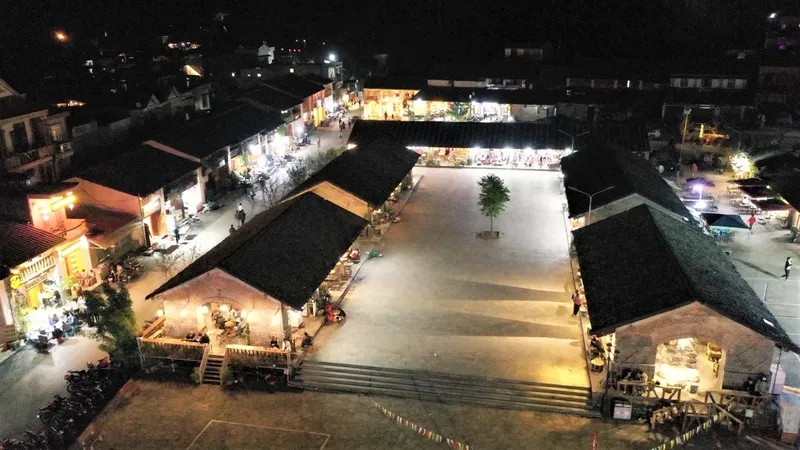
Dong Van Ancient Town is located 150 km away from Ha Giang City. Therefore, if you're traveling from Ha Giang City, you'll likely arrive in Dong Van by late afternoon. Most visitors opt to spend the night here before continuing their exploration.
While staying in Dong Van, tourists can engage in a variety of enjoyable activities in the old town. Options include participating in traditional games, sitting around campfires, and enjoying local dance and music performances. Especially. Dong Van weekly market happens on Sunday attracs not only local people come to trade but also the tourist from afar.
1.6. Visit the Meo Vac market
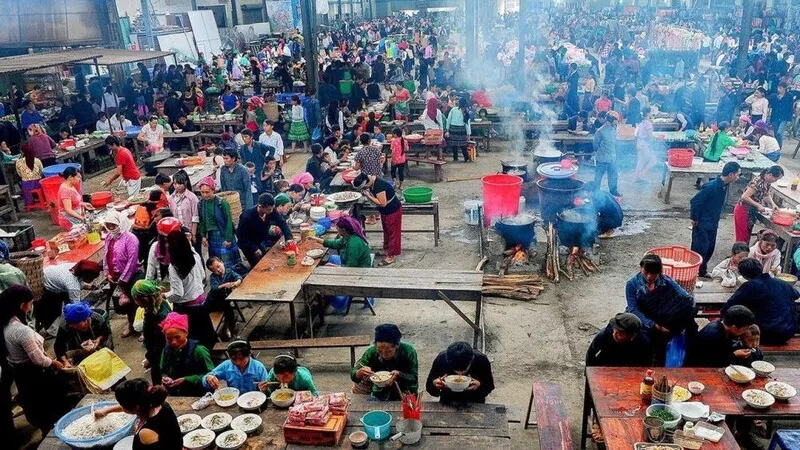
Located right in the center of Meo Vac town, it's the largest market in Ha Giang province. Held only once a week on Sunday mornings, the market offers a vibrant spectacle. Coming to this market, visitors will be immersed in the colorful cultural space of the highland ethnic groups. In addition to selling agricultural products and supplies, Meo Vac market is a focal point for the trade of cattle, especially cows. To experience the bustling atmosphere, visitors should get up early, around 4-5 AM, when the market starts to come alive.
1.7. Visit H'mong King's palace
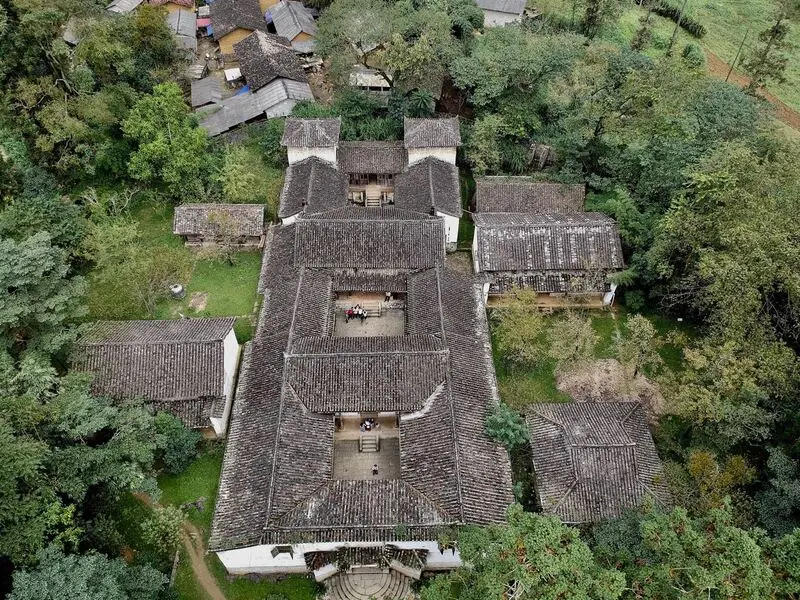
Hmong King's mansion is located in Sa Phin Valley, Lung Phin, Dong Van. The project was started in 1898 and completed nine years later, in 1907. Despite having stood the test of time for over a century, weathering numerous events, this mansion still retains its ancient beauty, little affected by the weather, terrain, and climate. Today, Hmong King's mansion has become a popular destination on Ha Giang tours. You can comfortably visit the architectural marvels and explore the unique cultural features here, either independently or with a local tourist guide.
1.8. Visit Pao's house

Pao's house used to belong to a wealthy H'Mong family in Sung La Valley. That's why it has a somewhat ancient feel, imbued with the culture of the past nobility. The house is entirely handmade. The entrance gate is designed quite simply and made from wood; the steady walls are completely made of stone without any adhesive components. This place also stores many household items and production equipment used by ethnic minorities in the region.
Its architecture is quite unique, however, Pao's house became famous only after being the filming location for The Story of Pao. Many tourists come to admire its architecture, even stay overnight in its neighbor homestays.
To get to this house, visitors travel about 20 kilometers from Dong Van district. Besides visiting Pao's house, walk around Sung La Valley to immerse in its serene landscape and discover ethnic people's local daily lives.
1.9. Visit Lung Cu Flag tower
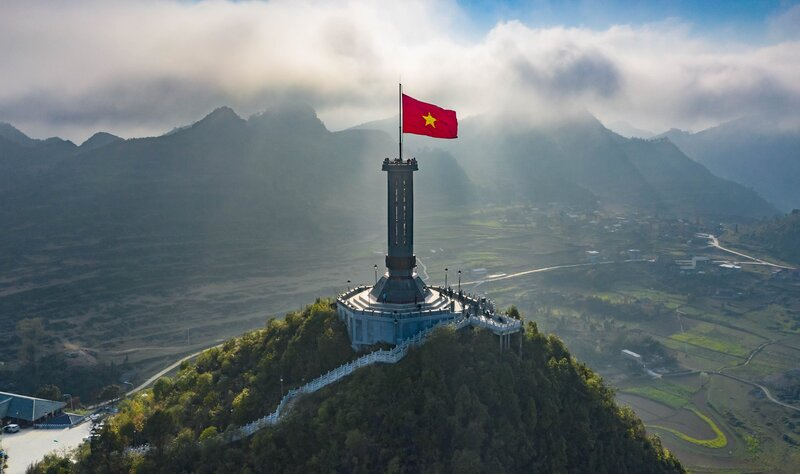
Lung Cu Flag Tower is considered a symbol of Ha Giang, a milestone marking the Vietnam's sovereignty to the far north. To conquer Cot Co Lung Cu, visitors can walk or tram some distance from the parking lot. Then climb over 380 stone steps to the flagpole area, where the 54m wide national flag hangs. From above, visitors can see the mountains and forests and the beautiful Dong Van town.
1.10. Lo Lo Chai ethnic village

After visiting the Lung Cu flag tower, only about 1km away, visitors can go down to visit Lo Lo Chai village. This is the place where most of the Lo Lo and H'mong people have lived and settled for many generations. Lo Lo Chai village still retains almost intact cultural features from ancient times, from the material and spiritual life of the Lo Lo ethnic group in the Stone Plateau, the architecture of the house shows walls and tiled roofs, traditional crafts such as embroidery and carpentry,... to traditional festivals such as worshiping the forest god, new rice celebrations, new house celebrations, and especially folk dances. In Lo Lo village, in addition to admiring the simple but beautiful scenery, visitors can also interact with the people here, and try on traditional costumes or national musical instruments such as playing drums and blowing trumpet,...
1.11. Take a boat trip on the Nho Que River
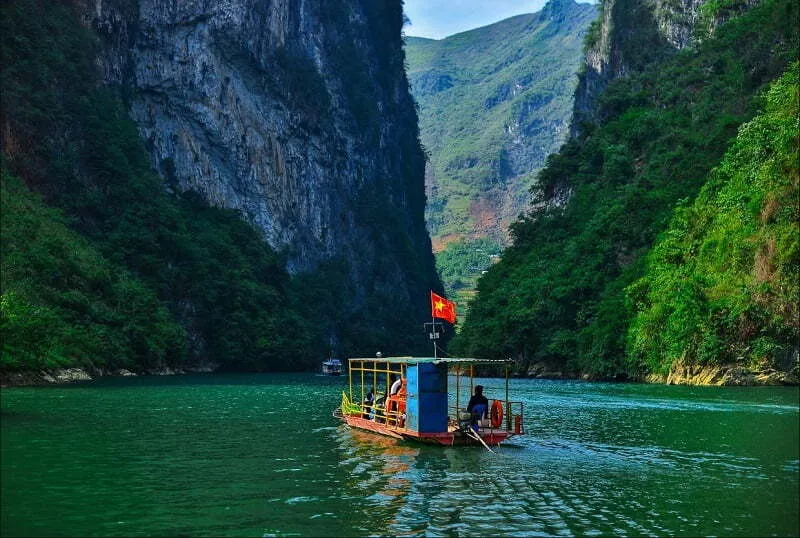
A boat trip on the Nho Que River is a worthwhile experience that is suitable for all ages. From the boat, you'll have a unique view of the majestic natural scenery on both cliff sides of Tu San Canyon and the crystal-clear blue water. This is one of the ideal ways to admire Tu San Canyon, which is recognised as the deepest valley in Southeast Asia, reaching a depth of 1,000 meters. During a trip on the Nho Que River in Ha Giang, you'll be awestruck by the deep abysses and majestic beauty that can only be found in the pristine and majestic Northeast Vietnam.
1.12. Conquer the Ma Pi Leng Pass

Almost no packbackers leave Ha Giang without conquering Ma Pi Leng Pass. This Ha Giang's Pass is one of the most beautiful, majestic, and winding passes in Vietnam, a place that fascinates many backpackers from around the world. For Vietnamese packbackers, it is listed as one of the "Four Great Passes" of the North and a top attraction in Ha Giang.
The Ma Pi Leng Pass is located on Highway 4C, in Pa Vi and Pai Lung communes, Meo Vac district, Ha Giang province. It is part of the Happiness Road, connecting Dong Van town and the Meo Vac district. This approximately 20km-long pass offers majestic scenery, making it perfect for those who want to admire the beauty of Ha Giang.
1.13. Visit Pa Vi - a Hmong Village
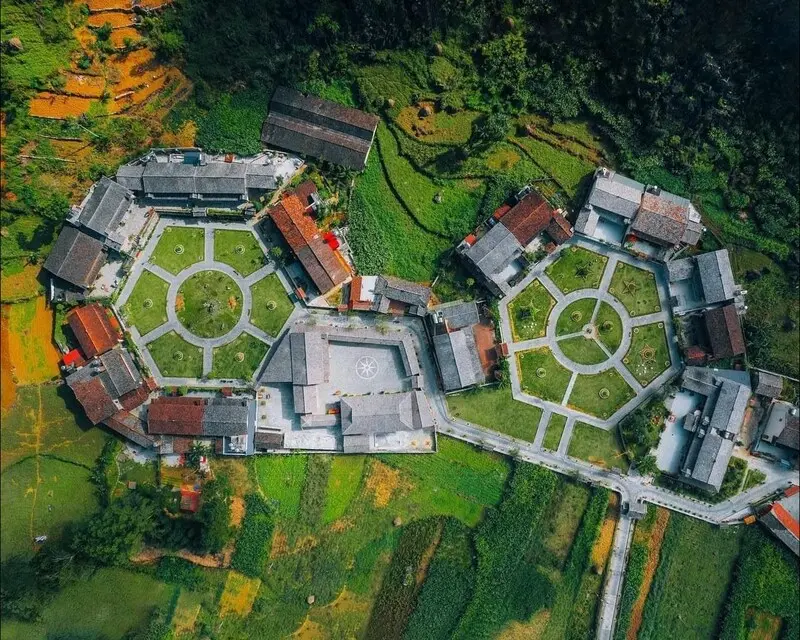
Pa Vi H'Mong Village is a unique tourist destination, located at the foot of Ma Pi Leng Pass, attracting many visitors. The village covers an area of approximately 46,000 square meters and consists of nearly 30 households. Pa Vi H'Mong Village preserves many cultural treasures of the ancient people, including architecture, houses, and traditional costumes. Visitors can immerse themselves in the traditional walled houses with impressive yin and yang tiled roofs. Some households offer homestay services for tourists. Additionally, the Pa Vi Ha Village Community Cultural Tourism Village regularly organizes cultural activities and sports events, enhancing the visitor experience.
1.14. Relax in Du Gia

After conquering Ma Pi Leng Pass, you can explore Meo Vac and Mau Due and the final destination is Du Gia. Note that the road from Meo Vac to Mau Due is quite bad, so depending on the weather, you should consider whether to follow this route or not.
Du Gia is about 70km from Ha Giang City. This is a place with high mountains, a village of Tay, and H'mong people living next to the clear, green river all year round. This place is still quite new on the tourist map of Vietnam, but for those who love to explore and experience, the name Du Gia Ha Giang is probably not too strange. You can rest here to explore Ha Giang before ending the journey and returning to the city.
A prominent place in Du Gia is Du Gia Waterfall - The stream is poured directly from a waterfall about 6m high, flowing day and night. If you go in the summer you can experience the cool waterfall bathing.
1.15. Hoang Su Phi
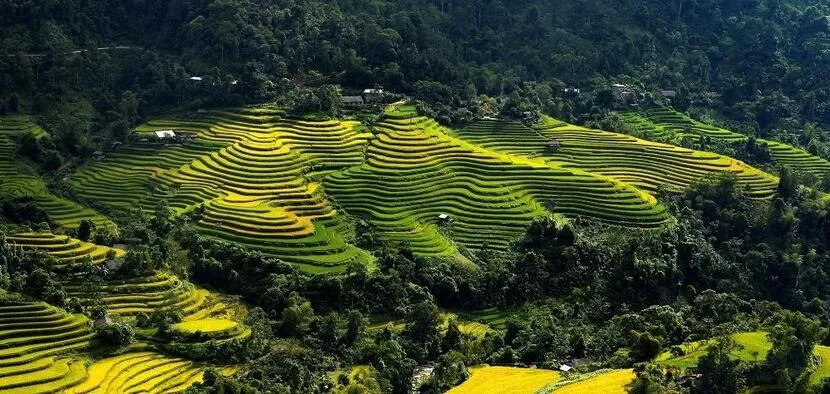
Ha Giang's scenery is even more vivid when it has Hoang Su Phi. The Hoang Su Phi's landscape is adorned with cascading rice paddies that form a stunning mosaic of hues. In harvesting season, the charming terraced field turns from green to yellow, looking like a giant blanket woven by creation.
Beyond its natural beauty, Hoang Su Phi offers a window into ethnic minorities's culture in Northern mountain. H'mong and Dao cultures have thrived in these rugged mountains for generations. Visitors can immerse themselves in traditional festivals, admire indigenous attire, and explore intricate handicrafts. This serene locale, also marked by warm hospitality, offers an authentic and off-the-beaten-path experience.
Hoang Su Phi's harmonious blend of nature and tradition makes it a must-visit destination for nature lovers.
2. Best time to visit Ha Giang
Visitors come to Ha Giang all year round because, in each season, Ha Giang shows a distinctive beauty. Therefore, the best time to visit Ha Giang depends on what you want to experience.
Spring (March to May): Spring offers beautiful scenery with blooming flowers; the weather is warm and sunny, but occasional rain showers might occur.
Summer (June to August): Summer brings lush greenery and vibrant rice paddies. However, it's also the wet season with frequent rain and potential landslides. Be prepared for hot and humid weather, and some roads might be inaccessible.
Autumn (September to October): Autumn showcases the golden rice terraces as they ripen. The weather starts to cool down and there's less rain compared to summer. It's a good shoulder season option with fewer crowds and pleasant temperatures.
Winter (November to February): The foggy weather turn Ha Giang a mysterious landscape in the winter. Particularly the buckwheat flowers that blanket the mountains in pink and white hues.
Dry Season (October to April): This period is considered the peak season for Ha Giang. The weather is pleasant, making it ideal for outdoor activities like hiking and exploring scenic landscapes. Especially during November, the Nho Que River's water is clear and emerald, making your boat trip a memorable experience.
3. How to get to Ha Giang?
The road distance from Hanoi to Ha Giang is approximately 300 kilometers. The journey by motorbike or car typically takes between 6 and 8 hours, depending on speed and traffic conditions. If you are traveling from Ho Chi Minh City or Da Nang, you will need to take a flight to Hanoi first. From Hanoi, there are various transportation options to reach Ha Giang:
- For the adventurous, renting a motorbike is the most popular way to explore Ha Giang. You'll have the freedom to set your own pace and discover hidden gems along the way. However, it requires you to be familiar with winding mountain roads. You can also join a guided motorbike tour, which will be a less hassle-free experience. Experienced guides will lead you through the scenic routes, providing insights into the local culture and history.
- Several bus companies offer direct bus services from Hanoi to Ha Giang such as Bang Phan Bus, Quang Nghi Bus, Quang Tuyen Bus. The journey typically takes around 6-8 hours. For a more comfortable journey, consider taking a sleeper bus. You can relax and sleep overnight, arriving in Ha Giang refreshed and ready to explore.
- From Hanoi, you can also travel to Ha Giang by private car. It will bring you through the most scenic landscapes of Ha Giang or as the itinerary you book in advance. You don't have to care about the route or map.
- Among them, the most optimal way to explore Ha Giang is by a guided private tour by car.It is a convenient option for those who prefer a more comfortable and personalized travel experience. Your driver and tour guide will take care of the navigation and ensure the safest and smoothest journey. Many local tour operators offer package tours, customised tours, and group tours to Ha Giang.
Please note that the road from Hanoi to Ha Giang includes many steep and winding passes. Therefore, it is essential to prepare a good physical condition.
4. Suggested Ha Giang travel itinerary
Ha Giang Hiking Tour in 4 Days
Day 1: Hanoi - Hoang Su Phi
Day 2: Hoang Su Phi - Red Dao Village
Day 3: Hoang Su Phi - Lang Giang Valley
Day 4: Hoang Su Phi - Hanoi
>> See tour details and price: Discovery of Rice Terraces & Ethnic Minorities
Ha Giang Loop and Northeast Adventure in 5 Days
Day 1: Hanoi - Ha Giang
Day 2: Ha Giang - Dong Van
Day 3: Dong Van - Bao Lac
Day 4: Bao Lac - Ba Be
Day 5: Ba Be - Hanoi
>> See tour details and price: Highlights of Ha Giang Loop & Northeast Adventure
Charming Beauty of Ha Giang and Cao Bang in 8 Days
Day 1: Hanoi - Ha Giang
Day 2: Ha Giang - Dong Van
Day 3: Dong Van - Bao Lac
Day 4: Bao Lac - Cao Bang
Day 5: Cao Bang - Ban Gioc Waterfall
Day 6: Cao Bang - Ba Be
Day 7: Ba Be - Dau Dang Waterfall
Day 8: Ba Be - Hanoi
>> See tour details and price: Charming Beauty of Northeast Vietnam
Because of its pleasant weather and breathtaking scenery, Ha Giang is always a top choice for those seeking an off-the-beaten-path getaway. We hope that our suggestion about the top 15 activities to do in Ha Giang will significantly help you plan your memorable trip. If you would like to receiver more personal advice and quote, don't hesitate to contact us via email [email protected].
See more:
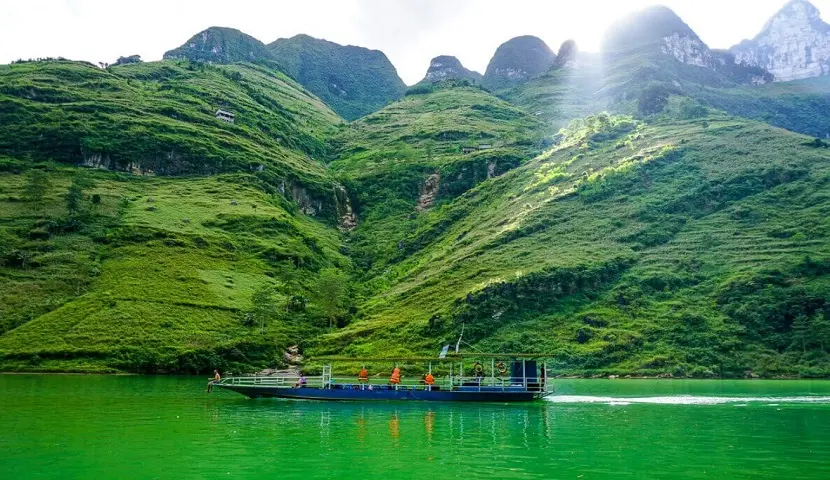







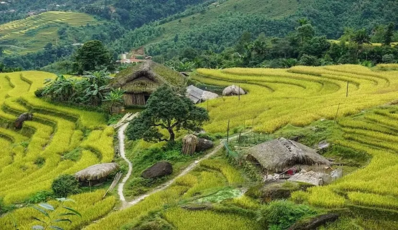

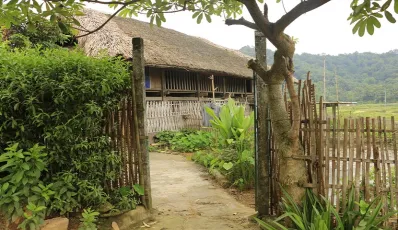
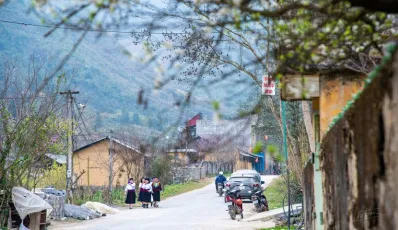

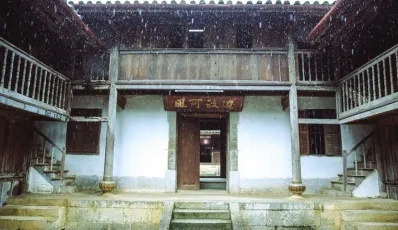

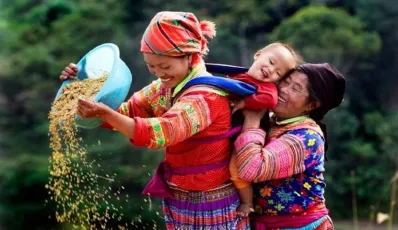
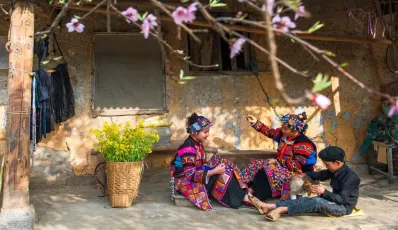




 TRAVELERS' CHOICE 2025
TRAVELERS' CHOICE 2025 



04 Comments
Australia
We are two persons from Australia and are in Bac Ha until the 11 or 12 of January and afterward, we are thinking about going to the Ha Giang region. Is it a reasonable route or should we travel the other places? TIA
Vietnam
Morocco
Bonjour,
Je souhaite faire le Ha Giang Loop mais je n'ai aucune idée du prix moyen par jour (en tant que pasager).
Merci.
Vietnam
Write Reply